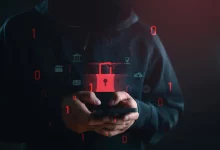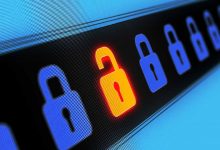In an era where digital information is increasingly susceptible to cyber threats, it is crucial for individuals and organizations to adopt robust security measures. One such measure is two-factor authentication (2FA), which provides an additional layer of protection to ensure the integrity and confidentiality of sensitive information.
Two-factor authentication is a security process that requires users to provide two different authentication factors to access their accounts. Traditionally, the authentication process relied solely on the use of passwords. However, passwords alone are prone to being hacked or compromised, making them vulnerable to cybercriminal activities such as brute force attacks, credential stuffing, and phishing.
By combining two distinct factors, 2FA significantly strengthens the security posture. The most common factors used in two-factor authentication include something the user knows (such as a password or PIN) and something the user possesses (such as a smartphone or a hardware token). Other factors can also be used, such as something the user is (biometrics like fingerprints or facial recognition).
One of the most widely used methods of 2FA is the One-Time Password (OTP), where a temporary code is sent to the user’s registered device. The user must then provide this code along with their usual password to complete the authentication process. This adds an extra layer of security as even if an attacker manages to obtain the password, they would still require physical access to the user’s device to generate the OTP.
The role of two-factor authentication in enhancing information security cannot be overstated. It acts as a deterrent to potential attackers, making it significantly more challenging for them to gain unauthorized access to sensitive data. Even if an attacker manages to compromise the user’s password, they would still face the obstacle of acquiring the second factor, which greatly reduces the chance of successful attacks.
Moreover, 2FA helps protect against various types of security breaches. For example, phishing attacks, where attackers try to trick users into revealing their passwords through deceptive emails or websites, become less effective with 2FA. Even if a user falls victim to a phishing attempt and enters their password on a fraudulent page, the attacker would still need the second authentication factor to gain access.
Two-factor authentication is especially vital in scenarios where the stakes are high, such as online banking, e-commerce, or accessing sensitive corporate networks. By implementing 2FA, these platforms can significantly reduce the risk of unauthorized access and potential financial or reputational damage.
Furthermore, 2FA plays an essential role in protecting the privacy of personal information. With the increasing prevalence of data breaches, it is crucial to ensure that sensitive data, such as social security numbers, credit card details, and personal health records, remain secure. Two-factor authentication adds an extra layer of protection to prevent unauthorized individuals from accessing such data, acting as a safeguard against identity theft and fraud.
In conclusion, two-factor authentication is an invaluable tool in enhancing information security. By adding an extra layer of authentication, it effectively combats the vulnerabilities of password-only systems, reducing the risk of successful cyber attacks. As individuals and organizations strive to protect their digital assets, implementing 2FA is essential in today’s threat landscape.






Wow, that’s what I was exploring for, what a data! existing here at this web site, thanks admin of this website.
I’m glad you found it here)